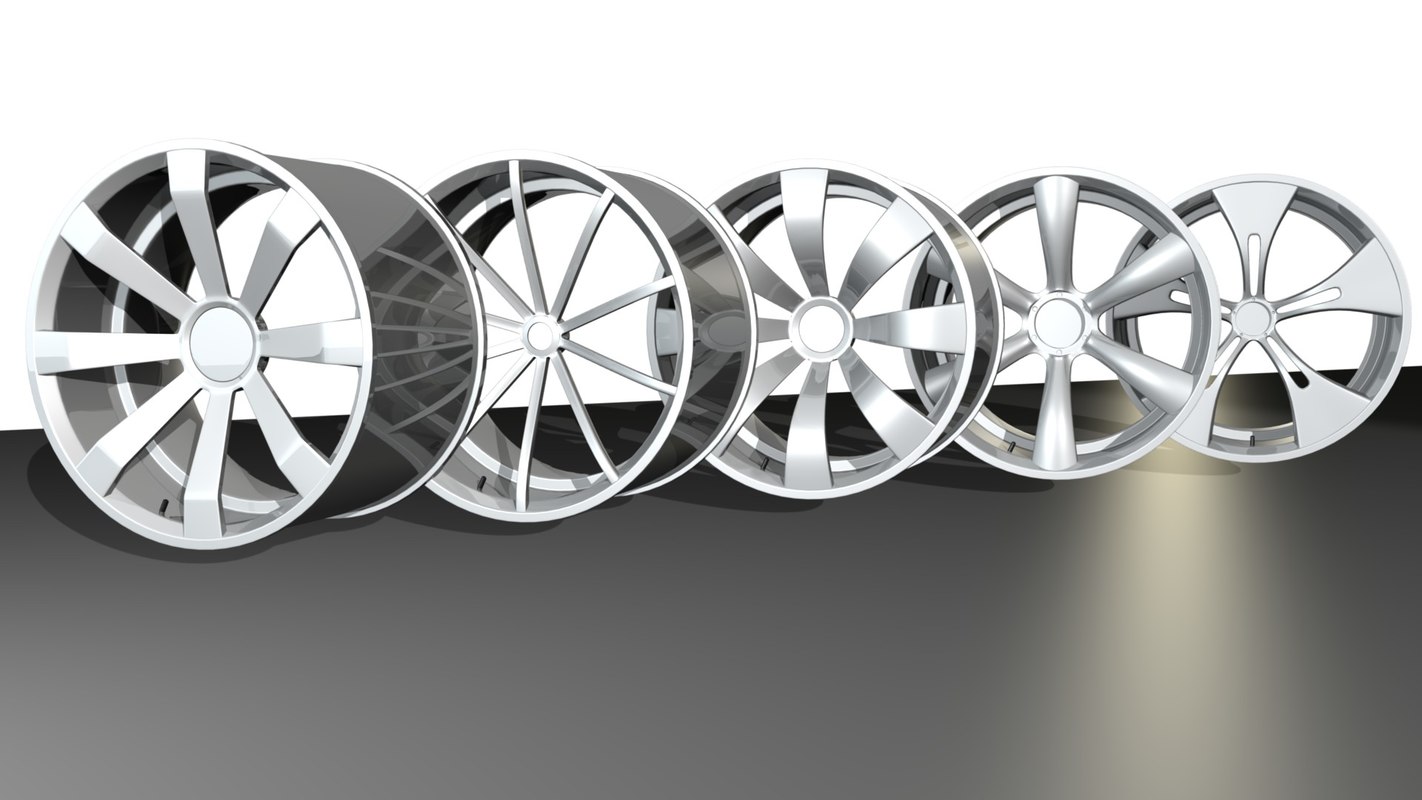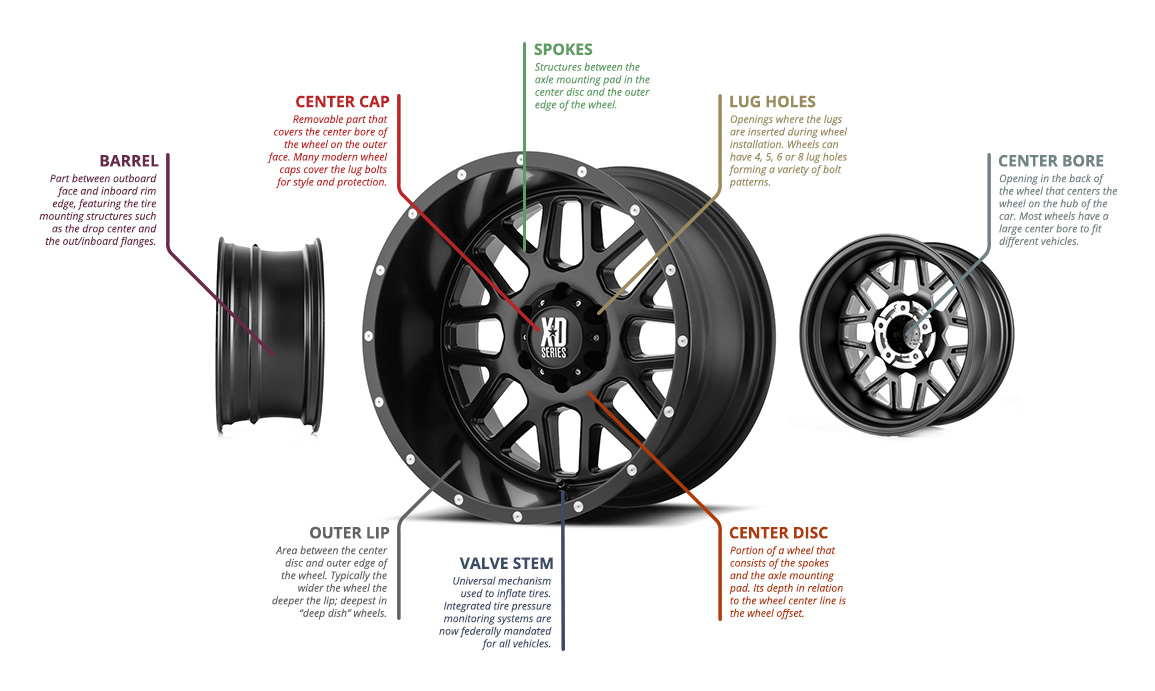Well, your vehicle’s wheels are very important for the functioning of the vehicle. They are integral for keeping your vehicle’s rubber tyres intact. Your vehicle’s wheels come in a variety of sizes, styles and material options, and they are available at local wheel shops in Sydney. However, it’s vital to observe the differences found in today’s car wheels and how they can change the effectiveness in the way your car runs, as well as, how do these wheels function.
WHAT’S THE SIGNIFICANCE OF A WHEEL?
Wheels decide how well your vehicle will perform and the ride quality you’ll enjoy. Thus, choose a high-quality set of rims to enjoy a smooth and comfortable ride quality, as well as, optimal car performance. The wheel size can offer your car with a visually appealing new look. Mainly, vehicles having smaller wheels are classified to be in a low profile. Cars with larger wheels are sportier, ranked higher and more masculine. Furthermore, it’s vital to know that changing the wheel size of your car has its own drawbacks. This can impact your vehicle’s acceleration, braking, speedometer calibration and alignment.
WHY DOES YOUR VEHICLE REQUIRE WHEELS?
When the vehicle is in motion, wheels render leverage and lower friction. They are very important for all vehicles including passenger and commercial vehicles. The major function of the wheel is to spin around the tyre rods. The contact taking place between the pavement and the tyre creates friction that aid in turning the wheels. To provide good control, the wheel’s size relies on the weight moved by the vehicle and the pavement. The force affected by the vehicle’s weight is amplified by the wheel thus increased control.
WHAT COMPONENTS ARE USED TO MAKE THE WHEEL?
Different components make up a wheel, which includes centre bore, rim, spokes, plate, valve stem, bolt circle and outboard face. The parts are interrelated to facilitate smooth and efficient operation.
- Center Bore is an empty hole located right at the wheel’s centre. The centre bore is hidden by a cap that has the manufacturer’s logo, thus, you won’t be able to see it when the wheel is fitted on the car.
- Rim is the outer wheel’s diameter – when the wheel size is discussed, it’s normally the rim’s diameter that’s considered.
- Spokes form the structure that hooks up from the plate to the rim’s border. An array of spoke patterns with a different number of spokes, shapes, lengths and diameters are available on the market. Spokes play a vital part in uncovering the strength and weight of a wheel.
- The Plate is the central section around the centre bore, which holds the bolt holes for the lugs. It bolts to the wheel’s centre while the spokes bond the rim to the plate.
- Valve Stem Bore is an opening (i.e. hole) that facilities air to be inserted inside the tyre. The valve stem is made up of metal or rubber material.
- The Bolt Circle is formed by the centres of the bolt holes, wherein the lugs connect the wheel to the central point.
- The Outboard Face is the main wheel’s face that forms the design you can see on the vehicle. Apart from the style, the outboard face lends structure to the wheel. Moreover, this part of the wheel is normally known as the spider.
MEASUREMENTS OF THE WHEEL
Wheel measurement should be taken into account to make sure it’s a perfect fit. The centre bore should be designed well to make sure that the rim is held in place appropriately. The bore ring diameter and the bold pattern should be devised for the holes to suit the bolt pattern fittingly.
WHEEL DIAMETER:
Though it may look stylish when you fit bigger wheels and tyres to your vehicle, wheel’s diameter will have a direct impact on your car’s braking, acceleration, handling, speedometer reading and transmission gearing. Bigger wheels may not fit easily into the wheel properly and you may sense the wheel rubbing against the car while you’re taking a turn or under suspension compression. Moreover, larger wheels require using a lower-profile tyre that doesn’t offer a smooth ride over road imperfections and can be more vulnerable to punctures.
WHEEL WIDTH:
Another vital measurement is the wheel width. Selecting a wider rim and a wider tyre may offer more hold and grip while braking, accelerating and taking turns. Nonetheless, a wider rim has a greater likelihood of rubbing on the inside of the wheel wall and could lower your vehicle’s fuel economy.
SELECT THE WHEELS HAVING THE BEST MATERIAL
When determining the best material for your vehicle’s wheels, some important factors that need due consideration are weight, strength and durability. The majority of the wheels are built of aluminium, steel or carbon fibre.
Aluminium wheels are modish, durable and affordable too; however, steel wheels are more cost-effective. The carbon fibered wheels are the latest innovation, which is durable and light-weight, but aluminium is generally used.
- A formulated aluminium method makes light-weight and strong wheel.
- Other methods involve low-pressure casting that is identical to counter pressure; however, this uses a contradictory idea of vacuum sucking of the molten metal.
- Yet other methods exist wherein you can get a wheel through gravity casting and flow forming method.
THE BOTTOM LINE
If the wheels don’t fit in perfectly, then an impact is waiting to happen. So always remember to get the fitting wheels for your vehicle tyres. Poorly fitted rims are prone to accidents because of their instability, which is also a cause of poor performance. Thus, it’s critical to select fitting wheels for your vehicle tyres from distinguished wheels and tyre dealer in Sydney. Besides, refrain from buying light-weight wheels because they are vulnerable to cracks and dents.







